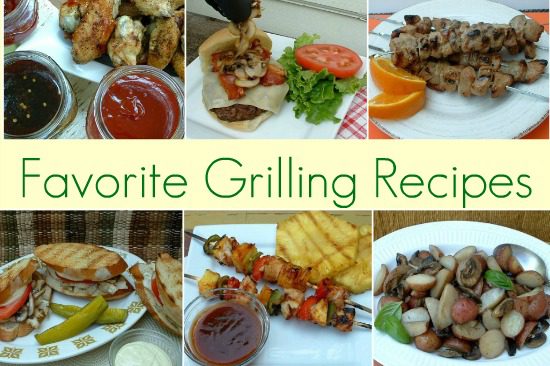Grilling has been around since man walked the earth so you would think we would have all the answers by now. However grilling is probably one of the most individualistic way of cooking, everybody has their own prefereces, gas or charcoal, meat or vegetables and when it comes to technique the styles are endless.
I’m not here to necessarily tell you how you should or what type of equipment you should use to grill. I’m here to pass along some personal tips I’ve learned over time. Most of all I’m here to encourage you to get back to grilling basics and enjoy your time spent outdoors with your grill.
Gas vs. Charcoal
This is a discussion that can be as polarizing as politics, I’ve been a fan of both types of fuel sources over the years, starting with charcoal to satiate the traditionalist in me. I’ve ridden the fence for many years and at one time or another I’ve even proclaimed the opposite as the scourge of grilling. But let’s get to the bottom of this. If you are consistently on the run and need a grill that can be ready at a moments notice then grilling with a gas grill is the way to go, also the cleanup tends to go smoother. Make it easy on yourself, you want to enjoy the time you spend grilling.
Direct or Indirect Grilling
These mean exactly what they sound like, direct grilling simply is cooking your food above the coals or flames of a gas grill. The most difficult part is to judge the temperature of the grill. Here is the best way short of using an infrared thermometer to do it.
Carefully hold your hand two to three inches above the cooking grate and start counting seconds
- 5 Seconds – Low ~ 225 F
- 4 Seconds – Medium ~ 325 F
- 3 Seconds – Medium High ~ 375 F
- 2 Seconds – High ~ 425 F
- 1 Second – You’ll burn anything
Indirect grilling is similar to turning the grill into an oven, the items you are grilling are placed on the grate where the heat is off to the sides and therefore the heat tends to circulate around the meat much like an oven. When using charcoal it is best to position the coals on opposite sides and place the meat in the center of the grate. Gas grills opperate on the same principle just turn the center burners either to the lowest setting or completely off depending on the type of meat.
Doneness, Wellness, Burnt to a Crisp
Ok I admit I didn’t know what else to call this so it doesn’t sound weird but this is the culmination of the whole grilling process and if your don’t get it right the whole meal is going to be ruined. About the only thing worse than an over-cooked piece of meat is one that is under-done, trust me I’ve done both over the years. The ideal technique is to get a meat thermometer and use it. I still will cook the meat to a little under what the guidelines call for on the grill, say 5 degrees and allow it to finish cooking as it rests prior to serving.
Now this works for your steaks chops, chicken and larger cuts of meats but it’s not feasible when grilling burgers so here’s a good technique.
- Compare the feel of your hand to your burgers. Hold your hand flat and press against the meaty part of the palm (just below your thumb), you’ll mimic the leanness of a rare cooked meat. Continue to compare the feel of your grilled meat to how your palm feels while touching your thumb to each one of your fingers. Move from your index finger to your pinky to feel the difference between medium-rare to well-done.
Now onto the last piece of information before you fire up the grill.
Tools for Grilling
There are only two cooking utensils necessary, a long handle spatula and tongs for grasping and flipping the meat. Stay away from cooking forks or any other tool that pierces the meat and allows the juices to run out. If you must buy a grilling kit that includes a cooking fork throw in in the garden shed… it makes a great dandelion weeder.
- Naked Wings with Three Sauces
- Mix and Match Burger Bar
- Pork on a Stick
- Grilled Italian Chicken Sandwich
- Sweet BBQ Chicken Kabobs
- Potatoes and Mushrooms
Happy Grilling…
Are you on Pinterest? Check out our Grill It Up board.
Linking to…Show & Tell Friday



